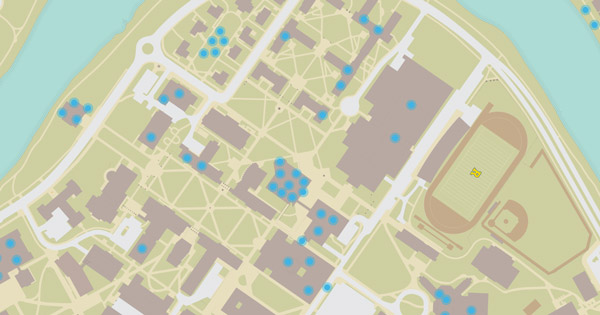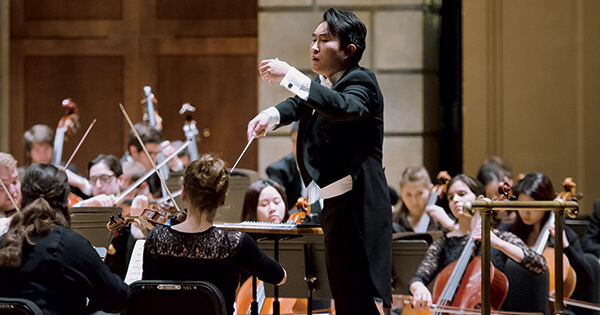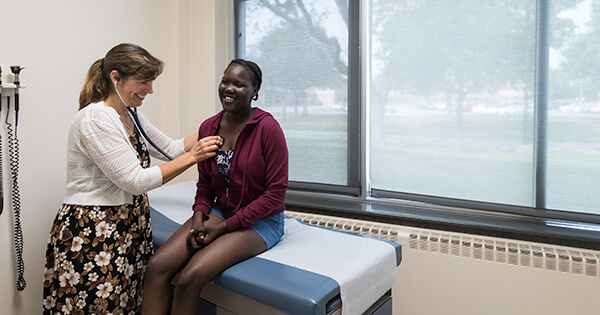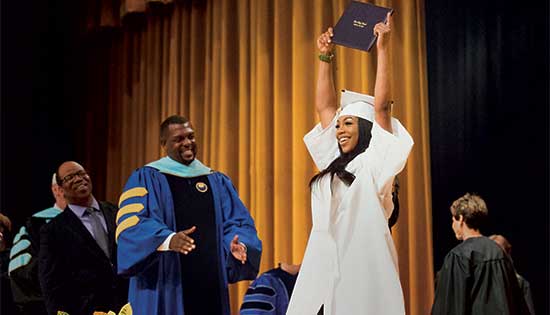Shattering Glass Ceilings, with Lasers
Shattering Glass Ceilings, with Lasers
Donna Strickland ’89 (PhD), A self-declared “laser jock,” still recalls the visit she took to the Ontario Science Centre when she was a child growing up in the town of Guelph, outside Ontario.
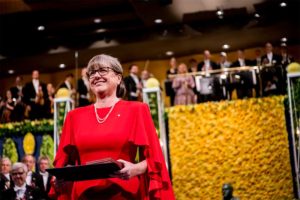 Her father pointed to a laser display and said to her, “Donna, this is the way of the future.” She was captivated by that display.
Her father pointed to a laser display and said to her, “Donna, this is the way of the future.” She was captivated by that display.
Her passion for laser science research catapulted from there, and today she is a professor at the University of Waterloo in Canada. But it’s the work that she did as a graduate student at Rochester in the 1980s that earned her the 2018 Nobel Prize in Physics.
Strickland and Gérard Mourou, a former engineering professor and scientist at the University’s Laboratory for Laser Energetics (LLE), share the Nobel Prize honor for revolutionizing the field of high-intensity laser physics. Mourou was Strickland’s PhD advisor during the time they pioneered “chirped-pulse amplification” at the LLE. Known as CPA, this work was the basis of Strickland’s PhD in optics dissertation.
“When I received the call letting me know that I had won the Nobel Prize, I knew that I had to share the moment with the University of Rochester. After all, this is where the magic happened.”
—Donna Strickland ’89 (PhD)
In the 30 years since they conducted the research at Rochester, CPA has made it possible to use lasers effectively in a wide range of medical, scientific, and commercial applications. Cancer treatments, laser eye surgery, smart phones, quantum computing, and the study of stars and planets are all using the technology.
Strickland’s selection for the Nobel Prize was newsworthy for an additional reason: she was the first woman laureate in physics since 1963 and only the third since Marie Curie received the prize in 1903. She is the first woman laureate in Rochester’s history.
Kristine Thompson, January 2020


